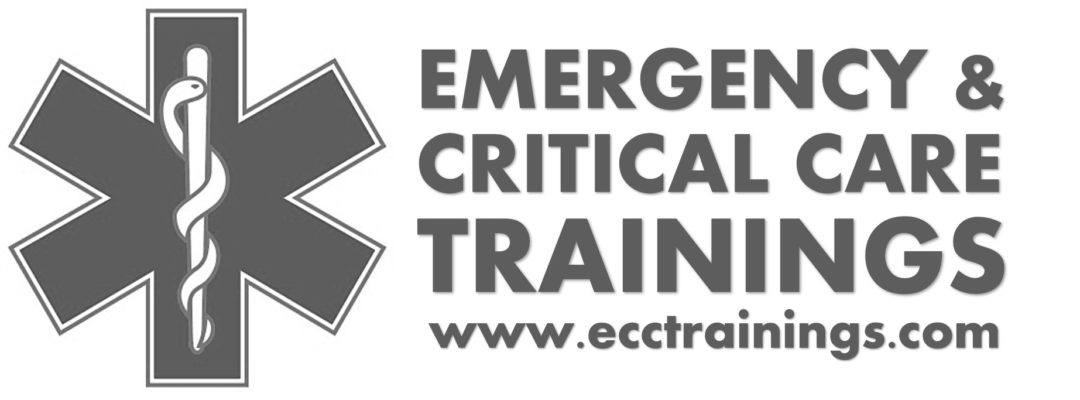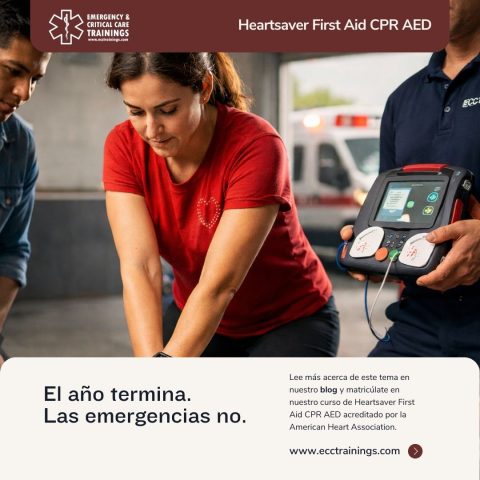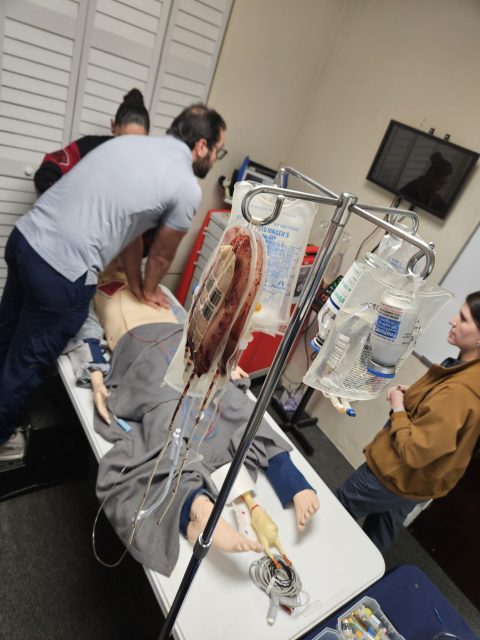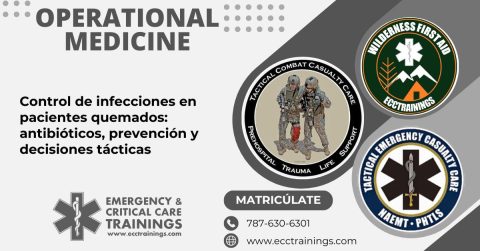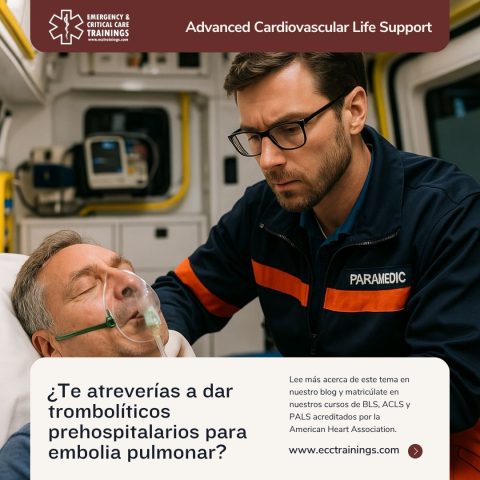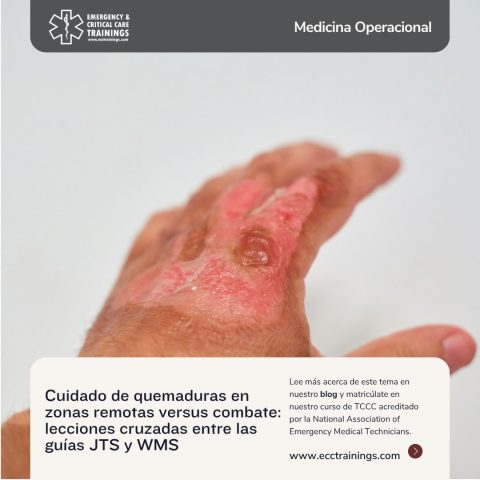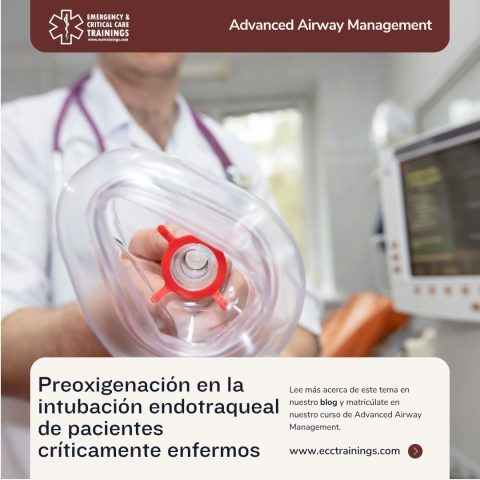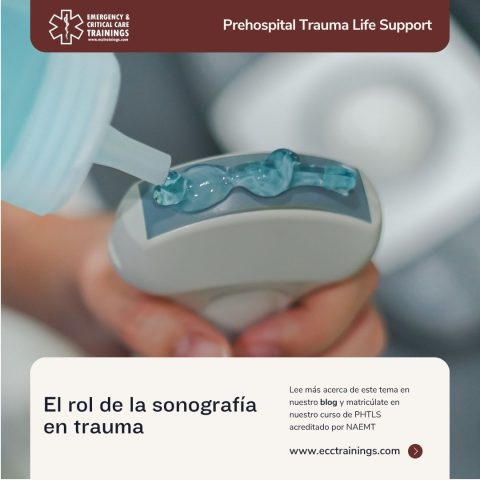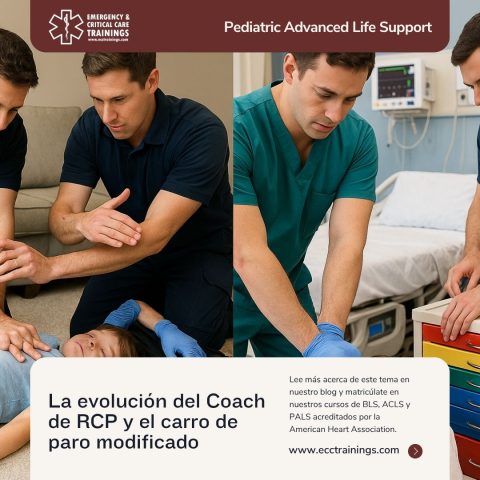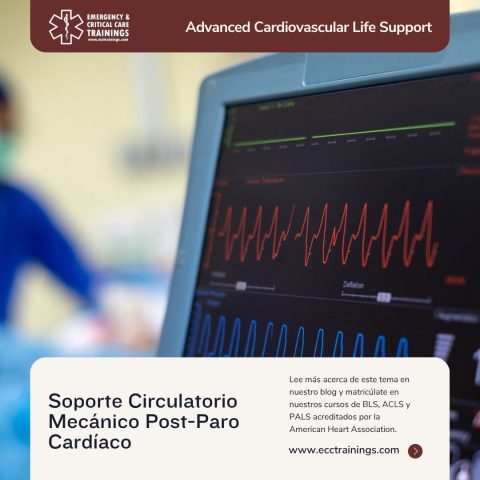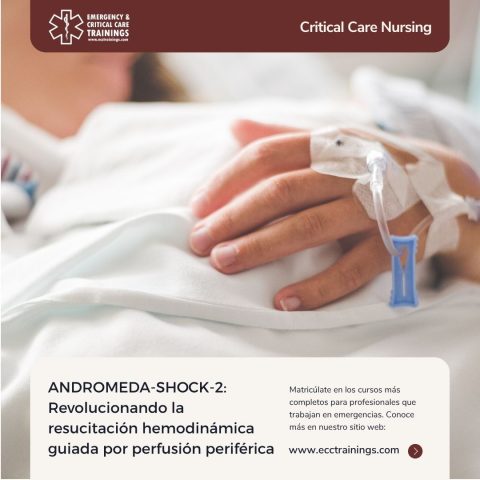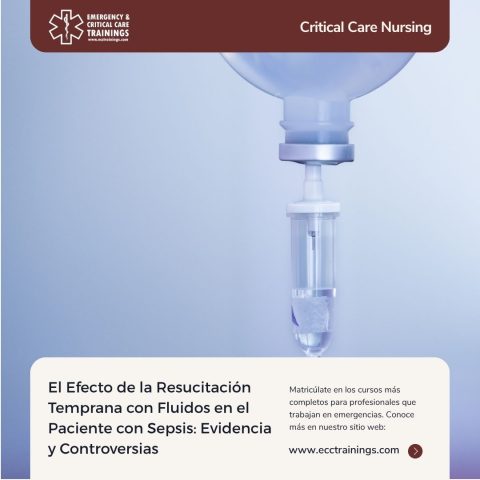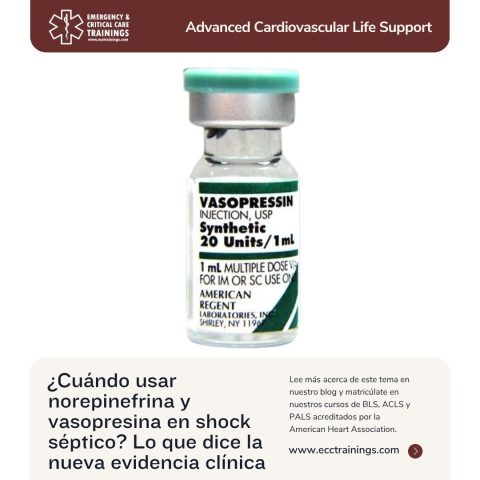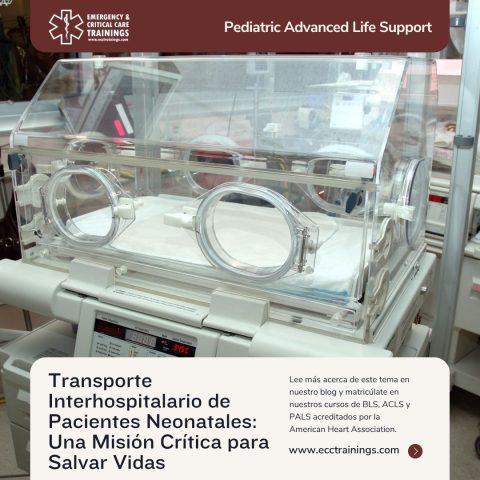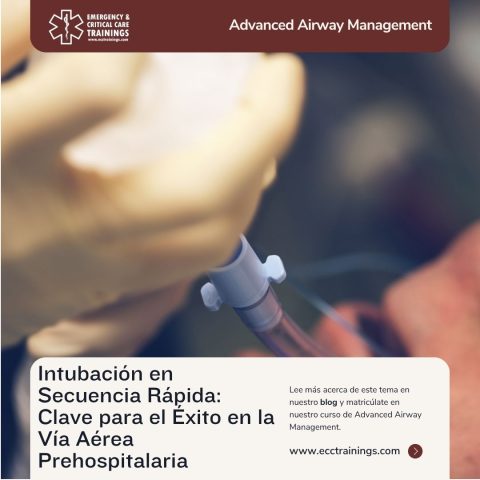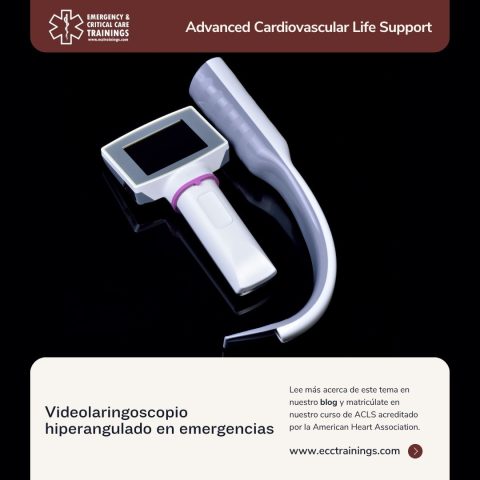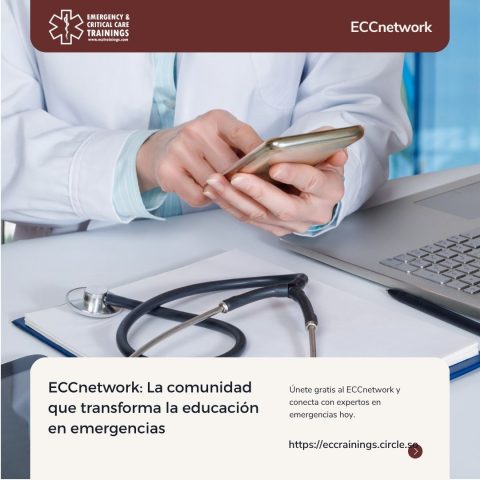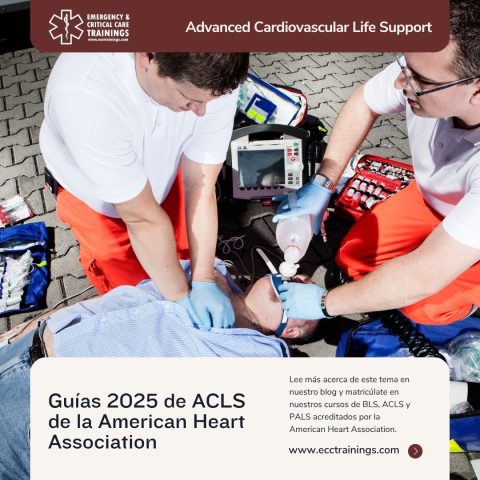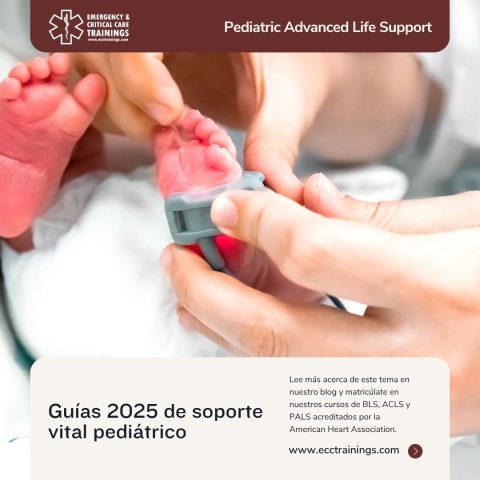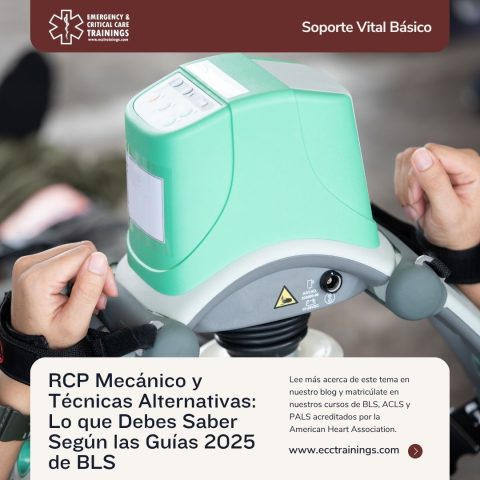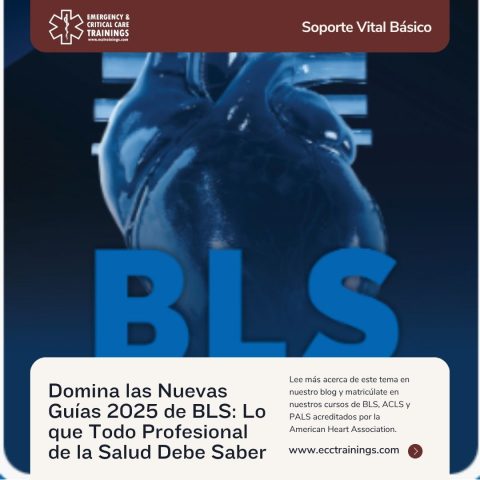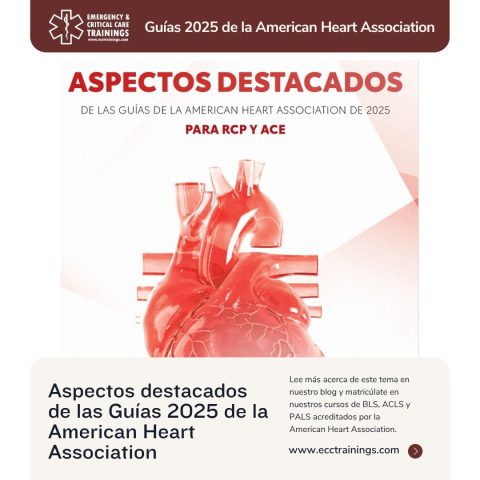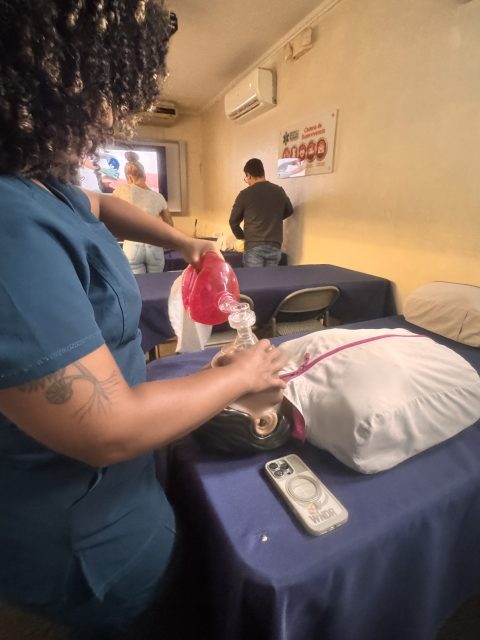Provisions for emergency medical care are an integral part of every executive protection detail. When Secretary of State John Kerry crashed his bicycle earlier this week in France, on-site medics and physician had to make immediate decisions. With proper planning, these decisions likely had been considered, planned and pre-deployed in advance.
Even in large US cities, nearby hospitals within a given jurisdiction may have significantly different clinical capabilities. Staff must do its medical intelligence homework and determine what facilities will cater to the protectee’s expected needs. Ask questions early and often.
Is there any “high-risk” activity in the agenda? A bicycle ride may seem trivial but, as with any sport, carries a significant risk for major trauma. In the US, trauma centers are designated and verified according to the American College of Surgeons. A Level 1 trauma center is capable of delivering the highest level of critical care for trauma victims. Sometimes overseas facilities may not follow this same designation. Critical information to find out is:
- Is there 24/7 in-house coverage by a trauma surgeon?
- Is there 24/7 surgical subspecialty coverage?
- Does this hospital routinely cares for severely burned patients?
- Does it have a blood bank?
- Is there a designated OR suite for the principal? Is it fully stocked?
Acute coronary syndromes are best managed in hospitals that have 24/7 reperfusion capabilities via percutaneous coronary intervention. Critical questions to ask include:
- Does the hospital have a chest pain center?
- Is there 24/7 STEMI percutaneous coronary intervention team?
- How long will it take for PCI to happen once the patient arrives at the hospital? (Standard is less than 90 minutes from arrival, or “door-to-balloon time”)
Strokes are best managed in a comprehensive stroke center. Stroke centers are able to administer clot-busting thrombolytics like tPA to patients with ischemic strokes within minutes of arrival. Questions to ask include:
- Is this hospital a stroke center?
- Is CT-scan readily available 24/7? Does it require any lead notification for off-hours personnel activation?
- Does this hospital administers tPA to ischemic strokes?
- Is neurosurgery readily available in case of hemorrhagic stroke?
From a security standpoint, other considerations include:
- Number of entrances and exits to ER, OR and ICU. Is there a way to close unnecessary entrances and stand guard at all others during length of stay?
- Will security staff be able to remain with the principal at all times? Weapons allowed?
- Is there a contact person we can notify of our impending arrival?
- Is there a helipad available? If so, what are the coordinates?
- Make sure all vehicles have the hospital locations programmed into their GPS units.
Other important aspects will depend on the principal’s previous medical history. This list is by no means exhaustive. Other factors must be considered when taking into account the principal’s previous medical history. Also, don’t forget family, especially kids.
Do you have any additional recommendations? Twit your advice here: Tweet
